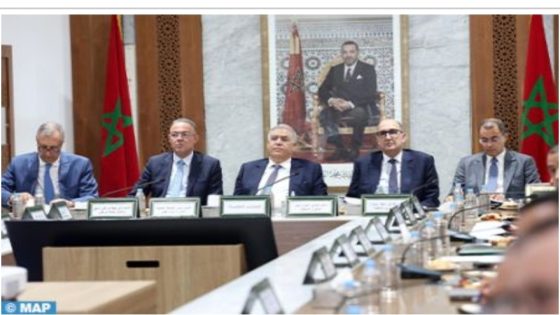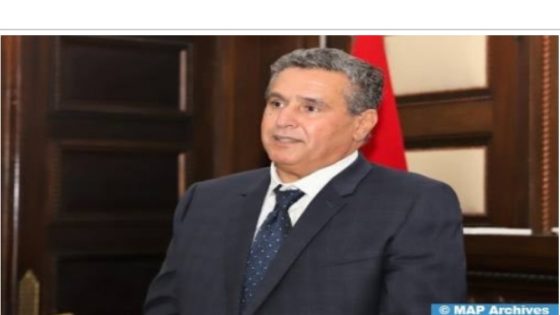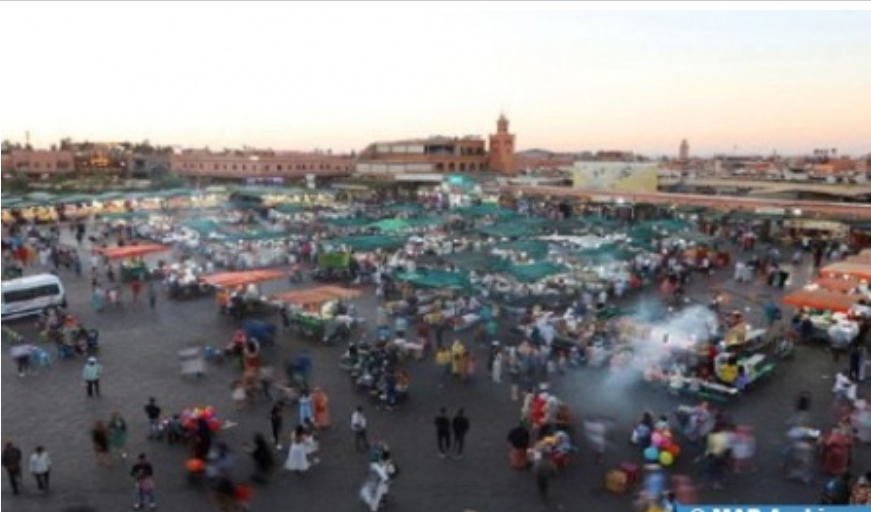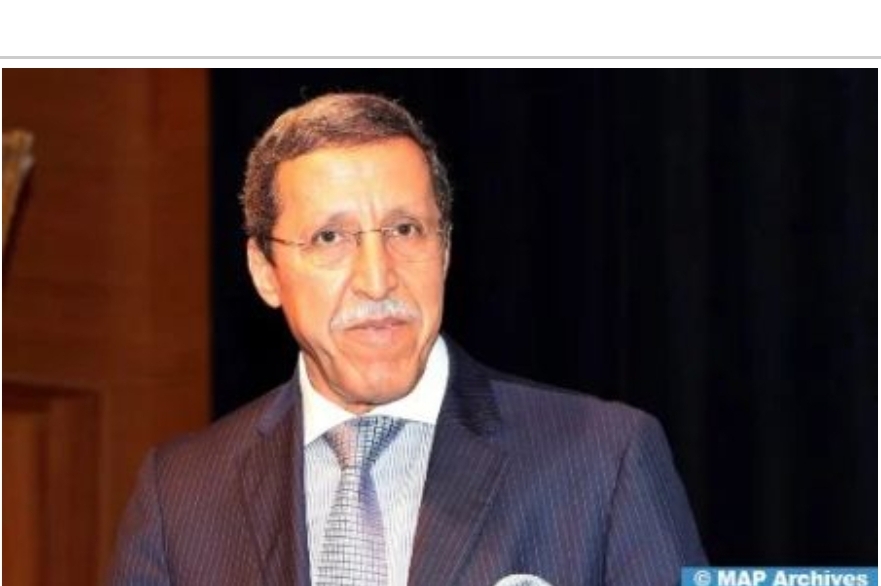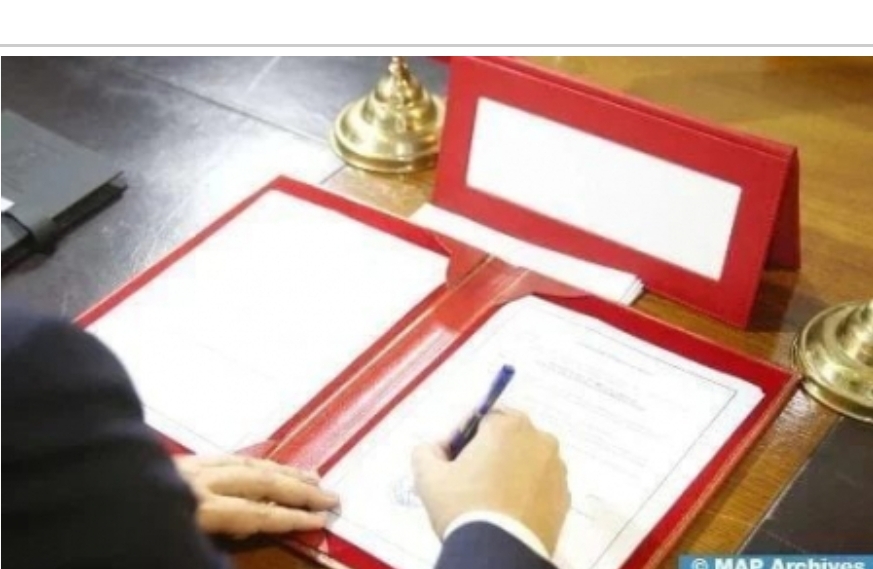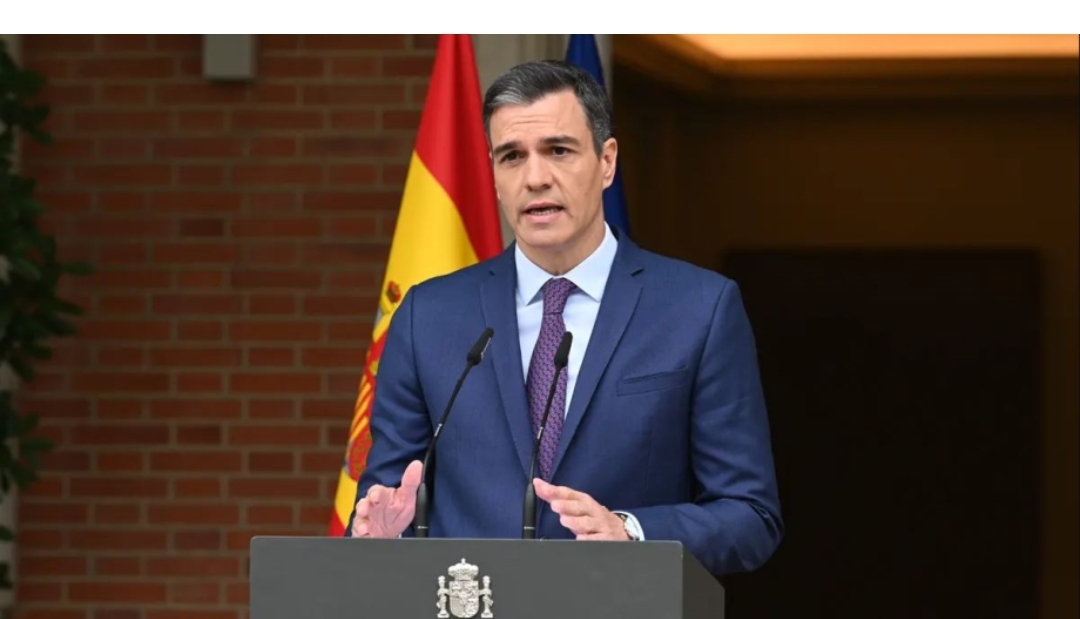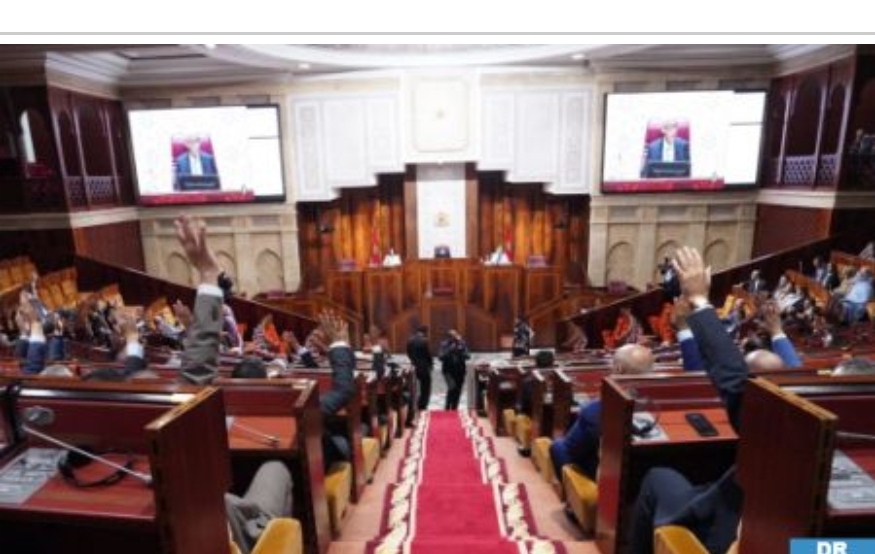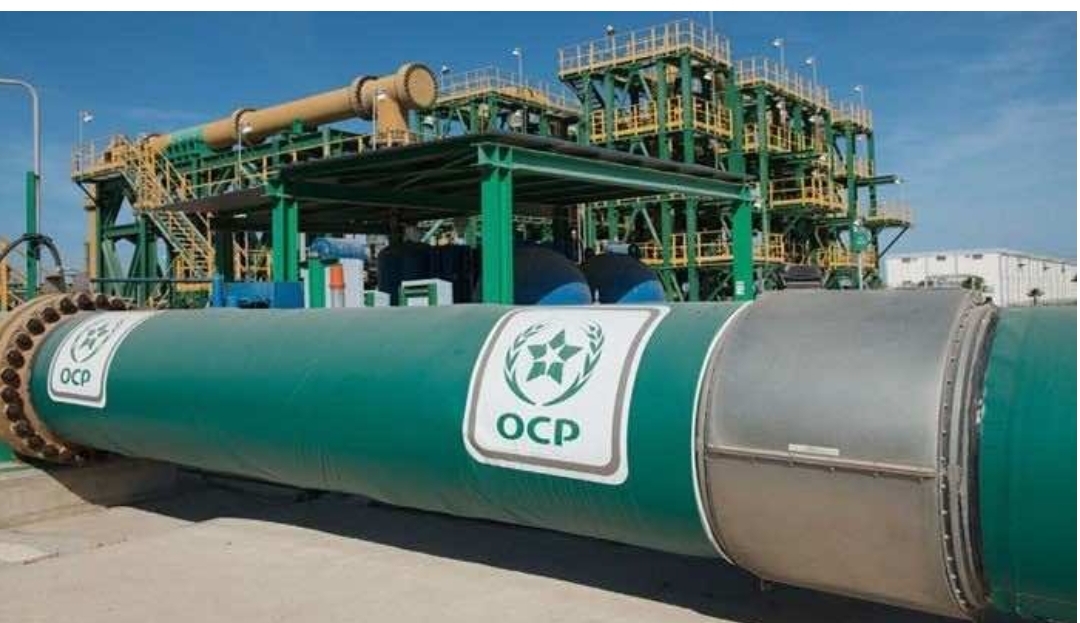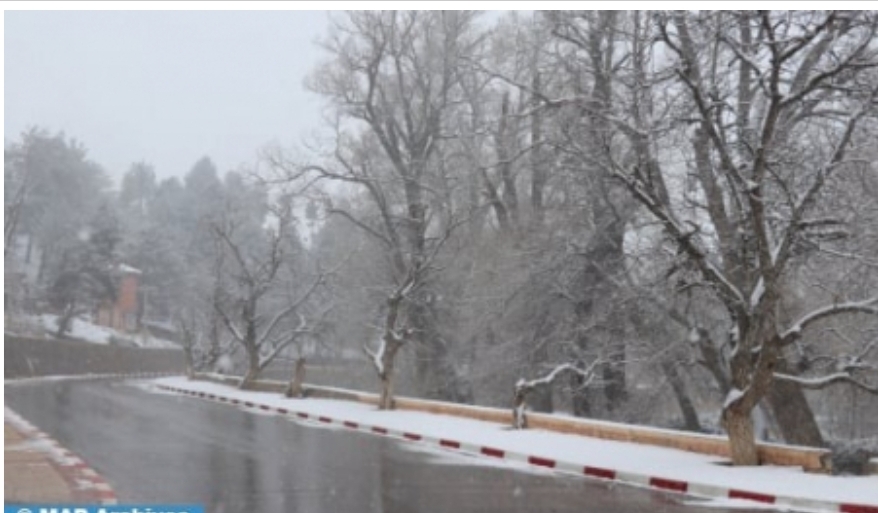Assahafa.com
Interior Minister Abdelouafi Laftit chaired, on Wednesday in Marrakech, an extended meeting dedicated to examining the state of progress of the city’s preparations for the 2030 FIFA World Cup.
This meeting, attended by Royal Moroccan Football Federation’s (FRMF) President, Fouzi Lekjaa, and Wali of the Marrakech-Safi region, governor of the Marrakech prefecture, Farid Chourak, brought together the different stakeholders in the preparation process.
On the occasion, Laftit said that this meeting is part of a broader series of similar meetings in the cities hosting 2030 World Cup games, as part of the intensive preparations for the organization of this global sporting event, alongside Spain and Portugal.
In this regard, the Minister called on all stakeholders to deploy all necessary efforts and to leverage all financial and human resources needed to speed up the pace of preparations, stressing the importance of succeeding in readying the Red City for this global event.
In a statement to the press, Lekjaa stressed that Marrakech, with its infrastructure, its historical heritage and the different development projects launched by HM King Mohammed VI, will be a key city in hosting future world events, including the 2030 World Cup.
He added that Marrakech, throughout the years, has demonstrated its exceptional capacities to host global events, recalling the perfect organization of the Annual Meetings of the World Bank and the International Monetary Fund.
Lekjaa also noted that Marrakech’s commitment to host big events in the future should accelerate the city’s development momentum in various fields, asserting that this promotes its “unique” stamp on a global scale.
During the meeting, marked by presentations by the various stakeholders involved in hosting the 2030 World Cup and other sporting events, emphasis was on the development projects and infrastructure that should enable Moroccan cities, including Marrakech, to be well prepared for this global football event, in accordance with FIFA standards, particularly in terms of stadiums and training site infrastructure, transport and mobility, accommodation and sustainable development.
Source: map
